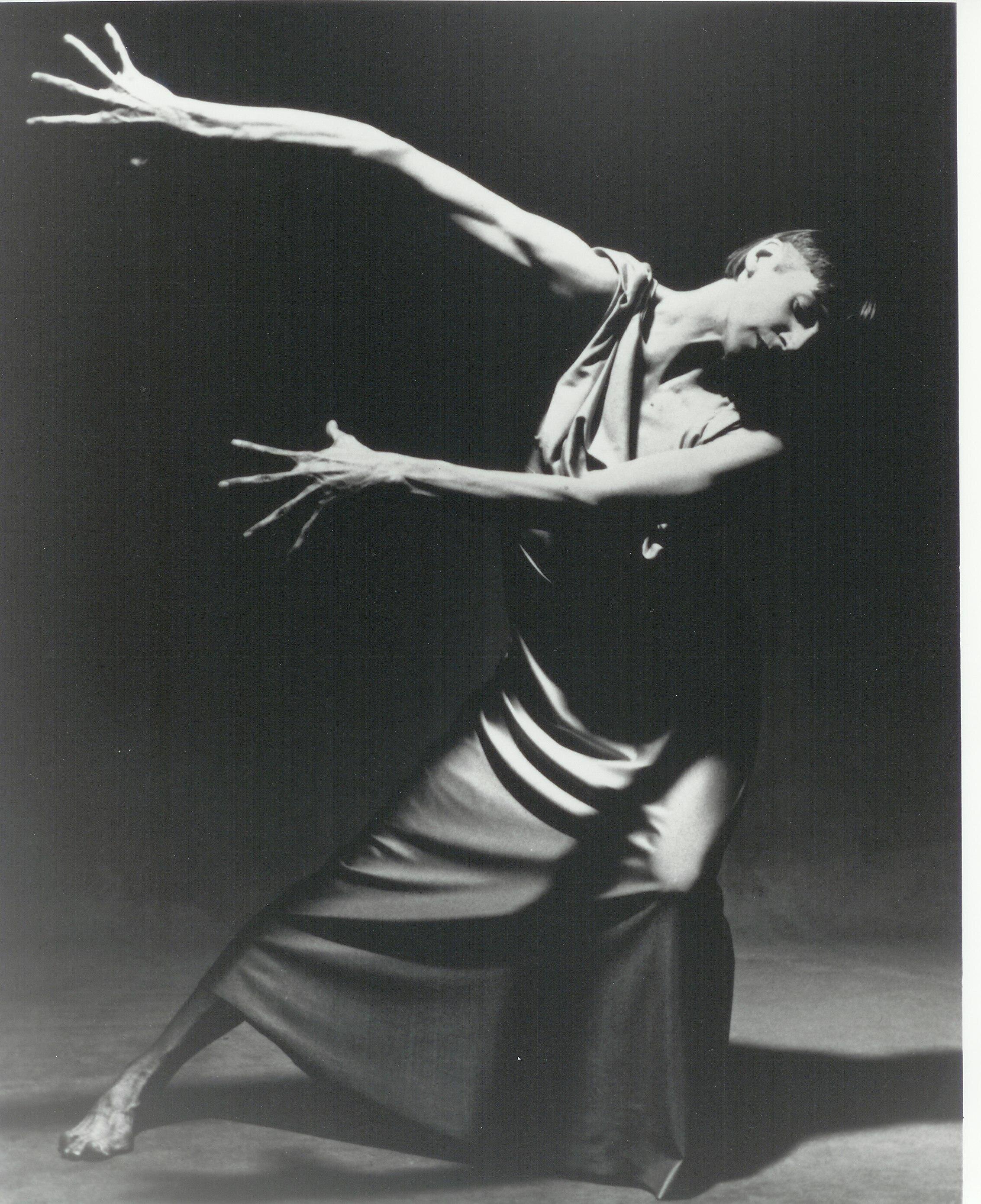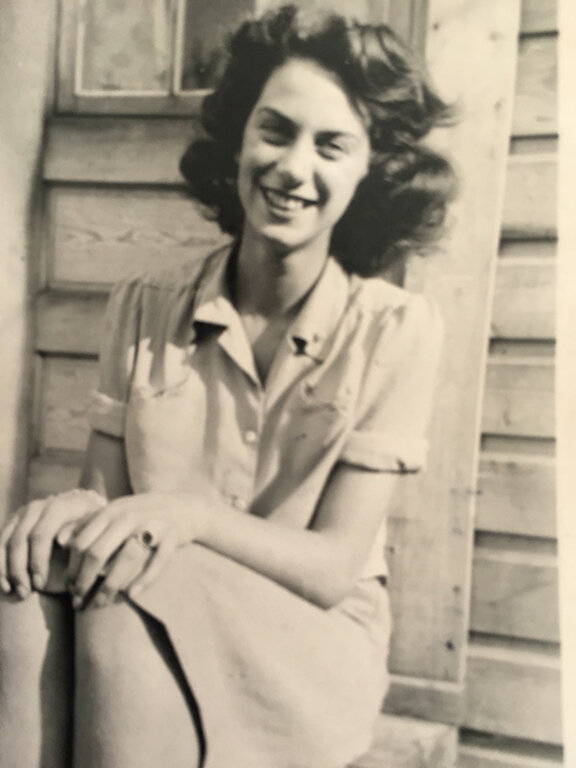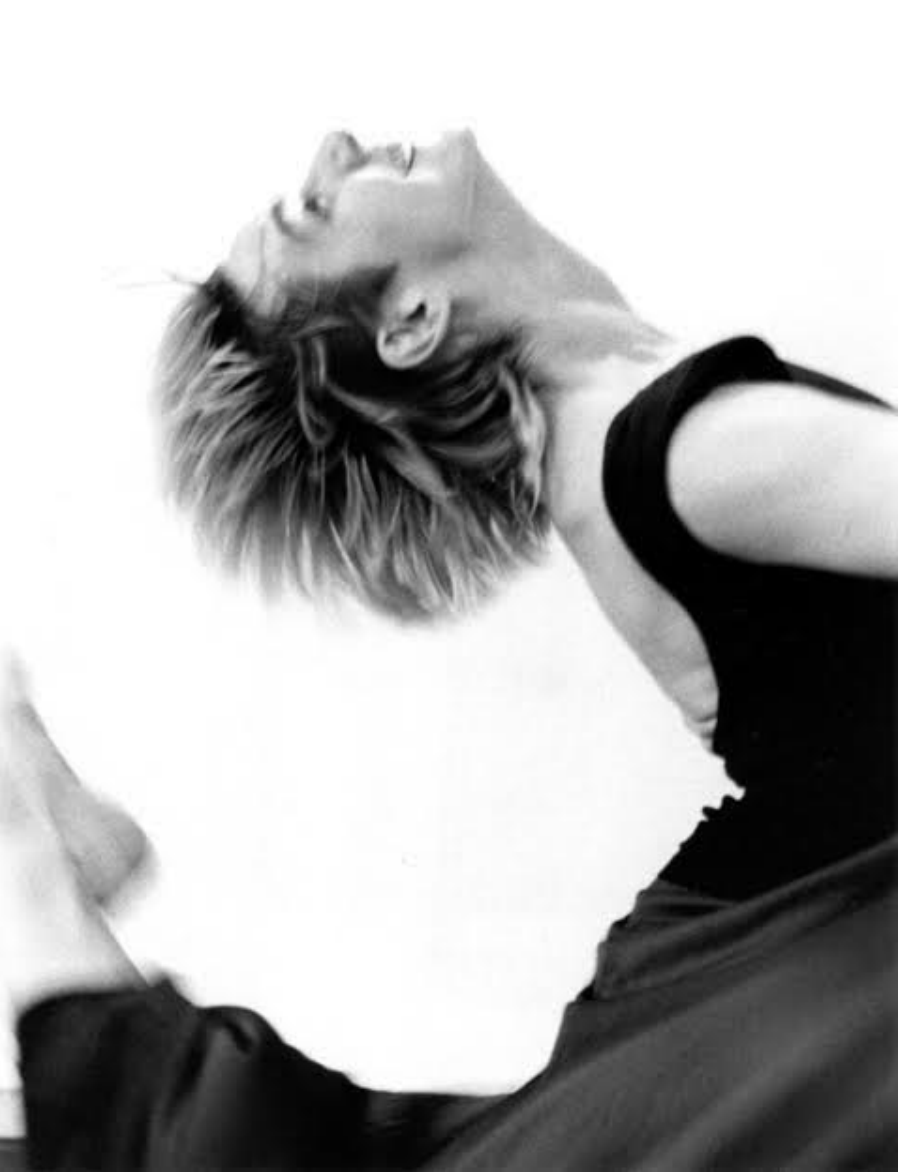Her Heart (1992-93)
/This week Peggy looks back at a work that is very close to her, inspired by her mother, Rean Smith:
From 1991 to 1994 I was director of the summer dance program at Simon Fraser University on Burnaby Mountain, and I often stayed on in Vancouver to teach for EDAM at the Western Front. Peter Bingham had picked up the reins of EDAM as Artistic Director in 1989, (it had been a collective that included my husband Ahmed Hassan up to that point), and during those Vancouver teaching stints Ahmed and Peter and I spent a huge amount of time together – sharing meals, discussing art and politics, listening to music. One evening Peter put on a record of late piano music by Johannes Brahms and the Opus 117 and 118 Preludes immediately suffused me in waves of memory connected to my mother.
In 1992, I was invited to create a work for Joysanne Sidimus and Susan Macpherson for a gala in support of the Dancer Transtion Resource Centre, and I took this as an opportunity to work with Opus 117 No. 1. As I made this duet I held the image of my mother at her age at that time, 64. My mother was just 24 when I was born, and other of the preludes captured vivid memories of her in her thirties (Opus 118 No. 2), forties (Opus 117 No. 2) and fifties (Opus 117 No. 3). In 1993, I distilled the duet into a solo and brought it together with the other preludes in a work I titled Her Heart.
My mother died in 2018, a few months before her ninetieth birthday, and only a matter of weeks before a concert in Toronto for which the superb dancer Jessica Runge would perform Her Heart. The great Brahms interpreter Peter Longworth was to have performed with Jessica, but he went into the hospital just days before the opening and tragically died soon afterward at the age 53. With just three days to prepare, pianist Cheryl Duvall stepped forward to play the Brahms in a series of performances that held love and longing and a profound sense of loss. - PB
"A rhapsodic memory dance addressing themes of the aging woman." Elissa Barnard / Chronicle Herald / Halifax
For an introduction to the music of Brahms visit The Guardian here.
















